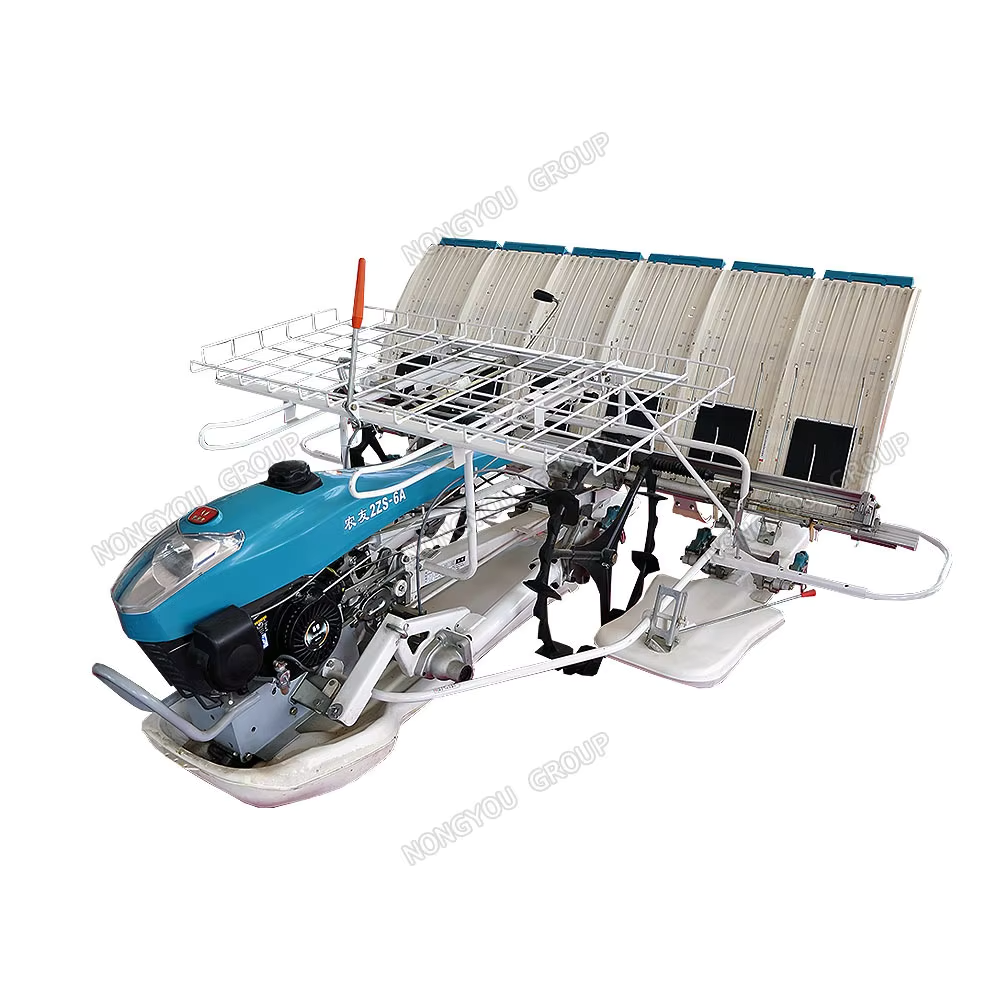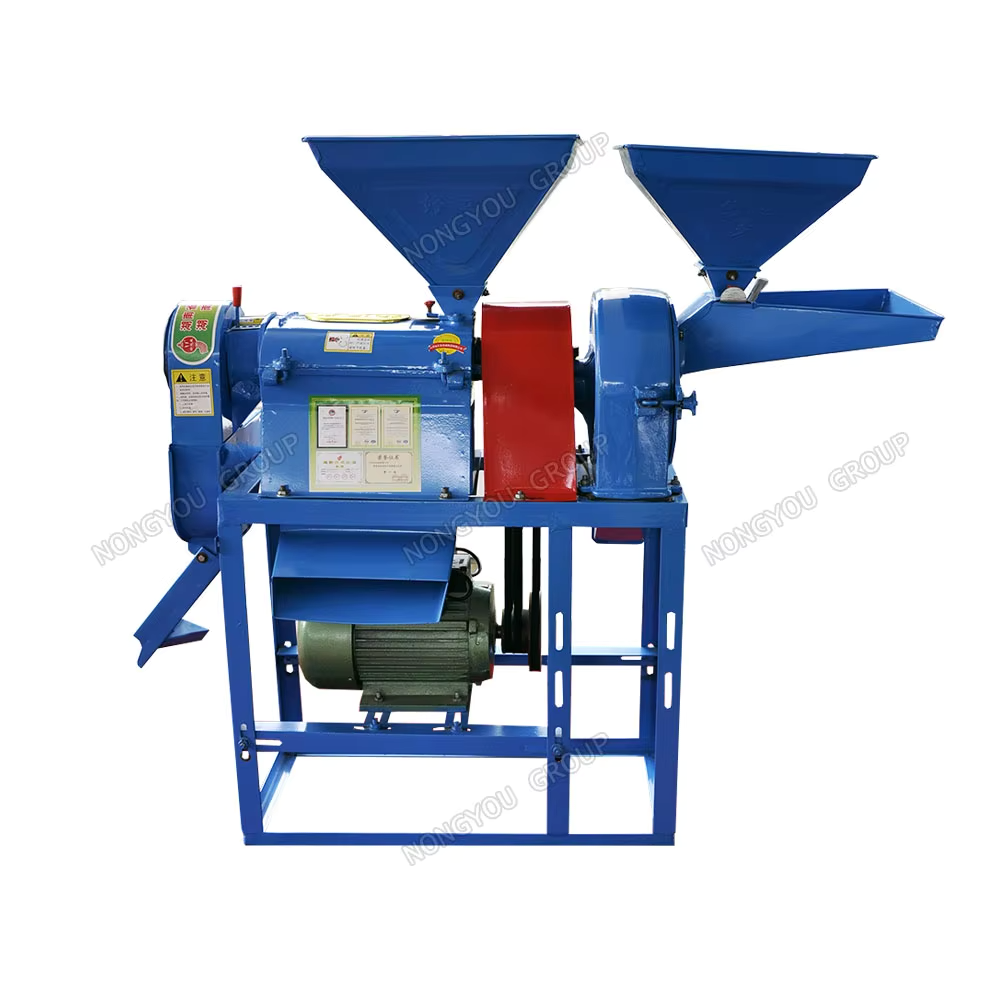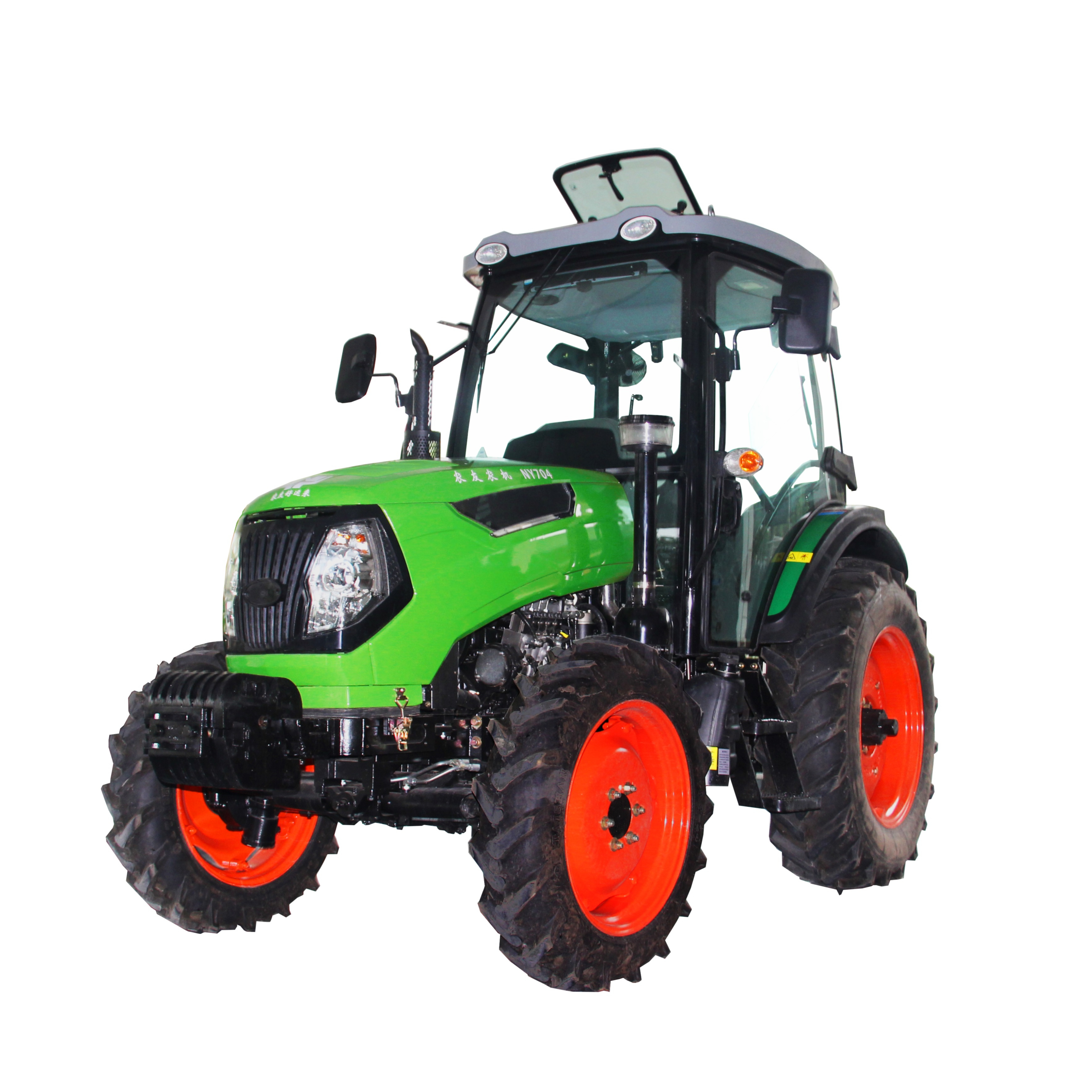grain dryer
A grain dryer is an essential agricultural equipment designed to reduce moisture content in harvested grains to optimal storage levels. This sophisticated machinery employs controlled temperature and airflow systems to efficiently remove excess moisture from various grain types, including corn, wheat, rice, and soybeans. Modern grain dryers integrate advanced technology such as digital moisture sensors, automated climate control systems, and precise temperature monitoring to ensure consistent drying results. The equipment typically consists of several key components: a heating unit, ventilation system, grain holding chamber, and control interface. The drying process involves passing heated air through the grain mass, facilitating moisture evaporation while preserving grain quality and nutritional value. These systems can be configured as continuous flow dryers for large-scale operations or batch dryers for smaller farms. The technology incorporates safety features such as overheating protection and emergency shutdown systems. Grain dryers can process several tons of grain per hour, making them invaluable for commercial agricultural operations. They operate in various weather conditions and can be integrated into existing grain handling systems for seamless operation.


